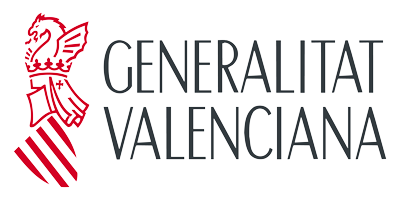Molecular insights into the promiscuity of serine hydrolases. Towards a computationally guided protocol for the redesign of enzymes
2022-01-21
Summary
The aim of the present thesis is to give insights into the molecular mechanisms of enzyme promiscuity from a computational and an experimental perspective. The obtained knowledge encourages further research focused on the exploration of new computational schemes valuable for enzyme (re)design procedures.
Enzyme promiscuity is understood as the ability to catalyze secondary reactions apart from the ones that have evolved to be dominant. In this sense, these promiscuous or moonlighting functions might serve as a scaffold for evolution either in vivo or in vitro. A better understanding of the molecular mechanisms that regulate this behavior is crucial for the development of new tools and techniques to be used in industry and in academia.
Two serine hydrolases, Candida antarctica Lipase B and para-nitrobenzyl esterase from Bacillus subtilis, were used as a model to study enzyme promiscuity through quantum mechanics / molecular mechanics methods and experimental enzymes kinetics in the present Ph.D. thesis. Therefore, both the catalytic and the substrate promiscuity were studied. Firstly, the hydrolysis of amides catalyzed by Candida antarctica Lipase B was explored, proving that this enzyme catalyzed the amidase reaction, although some specific features of the substrate are required. Secondly, the epoxidation of short alkenes catalyzed by the same enzyme was proposed as an eco- friendly alternative to the traditional chemical synthesis and for the epoxide production in the industry.
Based on these previous studies, a computational scheme for the redesign of the para-nitrobenzyl esterase from Bacillus subtilis was also proposed. We found that this serine hydrolase catalyzed the hydrolysis of amides in a similar mechanistic manner to Candida antarctica Lipase B. From the computational and experimental studies, we proved that they had similar catalytic performance. This finding encouraged us to carry out a deep mechanistic and structural comparison between both enzymes. The electrostatic environment around the active site was analyzed and a map of structural determinants in the vicinity of the active site pocket was done using 3D Convolutional Neural Networks. Once the most appropriate protein scaffold was selected, the proposed computationally guided protocol for the mutagenesis of enzymes based on the detailed analysis of the electrostatic environment of two structurally aligned trajectories using rotation quaternions was applied. A new mutant variant, the F398D, of the para-nitrobenzyl esterase from Bacillus subtilis was suggested as an improved catalytic variant by combining the best electrostatic features of both enzymes. Although, little improvement was achieved in terms of catalytic activity, this protocol might serve as starting point to propose new catalytically improved variants.
To conclude, the work presented in this thesis has contributed to the knowledge in the field of molecular mechanisms of enzyme promiscuity from a broad perspective. Moreover, the proposed protocol for the rational redesign of enzymes could contribute to future general strategies to be used in the computational enzyme design toolbox.






